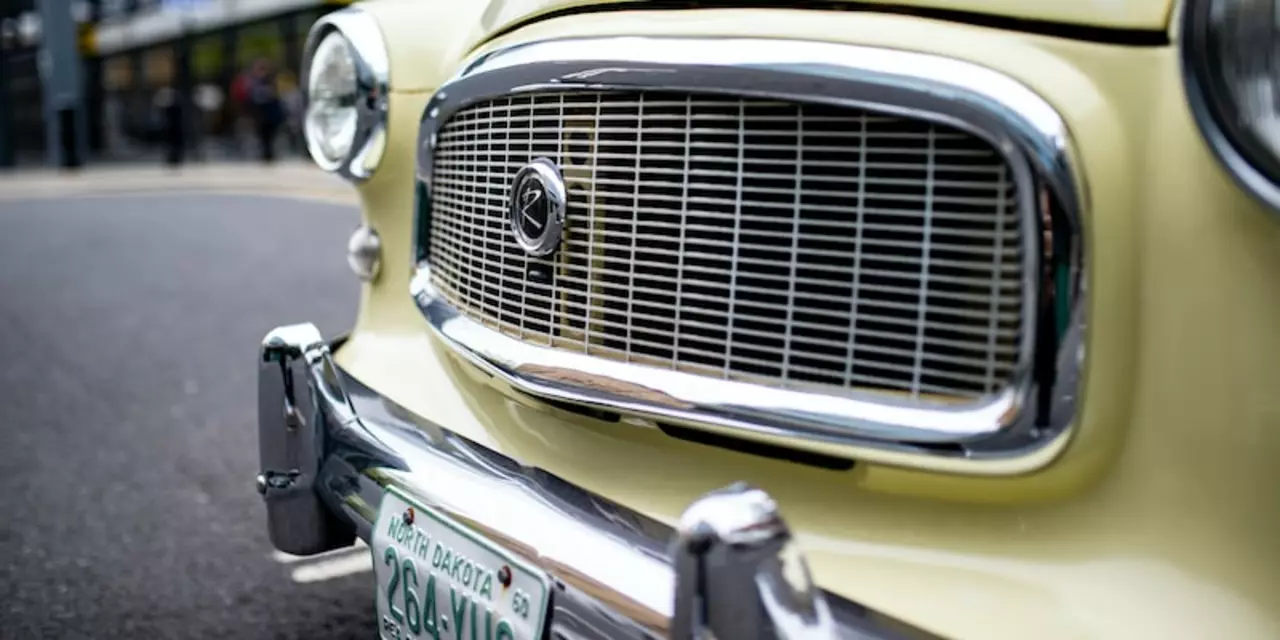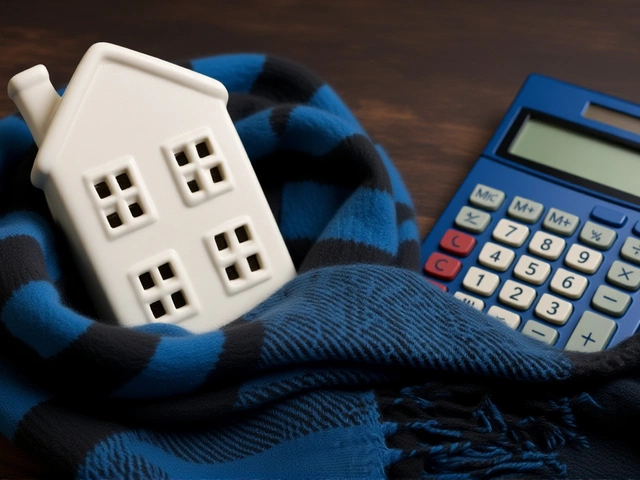Engine Damage: What Causes It and How to Stop It
Ever heard that weird knocking sound or saw the temperature gauge creep up? Those are red flags that your engine might be heading for trouble. Ignoring them can lead to serious engine damage and a big repair bill. Let’s break down the most common culprits, the symptoms you should watch for, and simple steps you can take right now to keep your engine healthy.
Top Reasons Engines Get Damaged
1. Overheating – When the cooling system fails, the engine gets too hot and parts warp or seize. A stuck thermostat, low coolant, or a busted radiator can all cause this. 2. Low Oil Pressure – Oil lubricates moving parts. If the oil level is low or the pump isn’t working, friction builds up and metal parts grind against each other. 3. Running Too Lean – Too much air and not enough fuel makes the combustion process hotter than normal, which can burn pistons and valves. 4. Bad Timing – If the spark or fuel timing is off, the engine can misfire, causing piston damage and excessive heat. 5. Neglected Maintenance – Skipping oil changes, filter swaps, or tune‑ups lets grime and wear accumulate, setting the stage for failure.
These issues are often linked. For example, a leaky radiator reduces coolant, leading to overheating, which then stresses the oil system. Spotting one problem early can stop a chain reaction.
How to Spot Engine Damage Early
Listen for knocking, pinging, or rattling noises, especially when you accelerate. Watch the dashboard for the temperature gauge climbing into the red zone or an oil pressure warning light flashing. Smell burnt oil or coolant – a sweet, syrupy scent usually means a leak. Finally, pay attention to loss of power or rough idling; those are tell‑tale signs something’s wrong beneath the hood.
When you notice any of these symptoms, don’t wait. Pull over safely, let the engine cool, and check the coolant and oil levels. If they’re low, topping them up might be enough to get you to a mechanic. If the temperature gauge stays high even after topping up, call for roadside assistance.
Regular checks can save you a lot of hassle. Keep an eye on the radiator hose for cracks, and make sure the oil dipstick shows a full, clean fill. A quick visual inspection every week can catch a leak before it turns into a disaster.
In addition to visual checks, follow the manufacturer’s service schedule. Changing the oil every 5,000–7,500 miles, replacing the coolant every 30,000 miles, and swapping out the air filter as needed keep the engine breathing and cooled properly.
If you’re not comfortable doing these checks yourself, set a reminder to visit a trusted garage every few months. A professional can run a compression test, check the timing belt, and scan for error codes that your dashboard might not display.
Bottom line: Engine damage often starts with a small oversight – low oil, a cracked hose, or a missed service. By staying alert to the signs and doing basic maintenance, you can avoid expensive repairs and keep your car running smoothly for years.
What happens if your car overheats and the radiator cracks?
- Thomas O'Reilly
- Feb 18 2023
- 0 Comments
If your car overheats, it can cause the radiator to crack. This can cause the radiator to leak and the engine to seize up. If the engine seizes up, it will need to be replaced or rebuilt. If the radiator is cracked, it will need to be replaced and refilled with coolant. It is important to regularly check your coolant levels, as well as keep an eye on the temperature gauge, to ensure your car does not overheat.
View More




